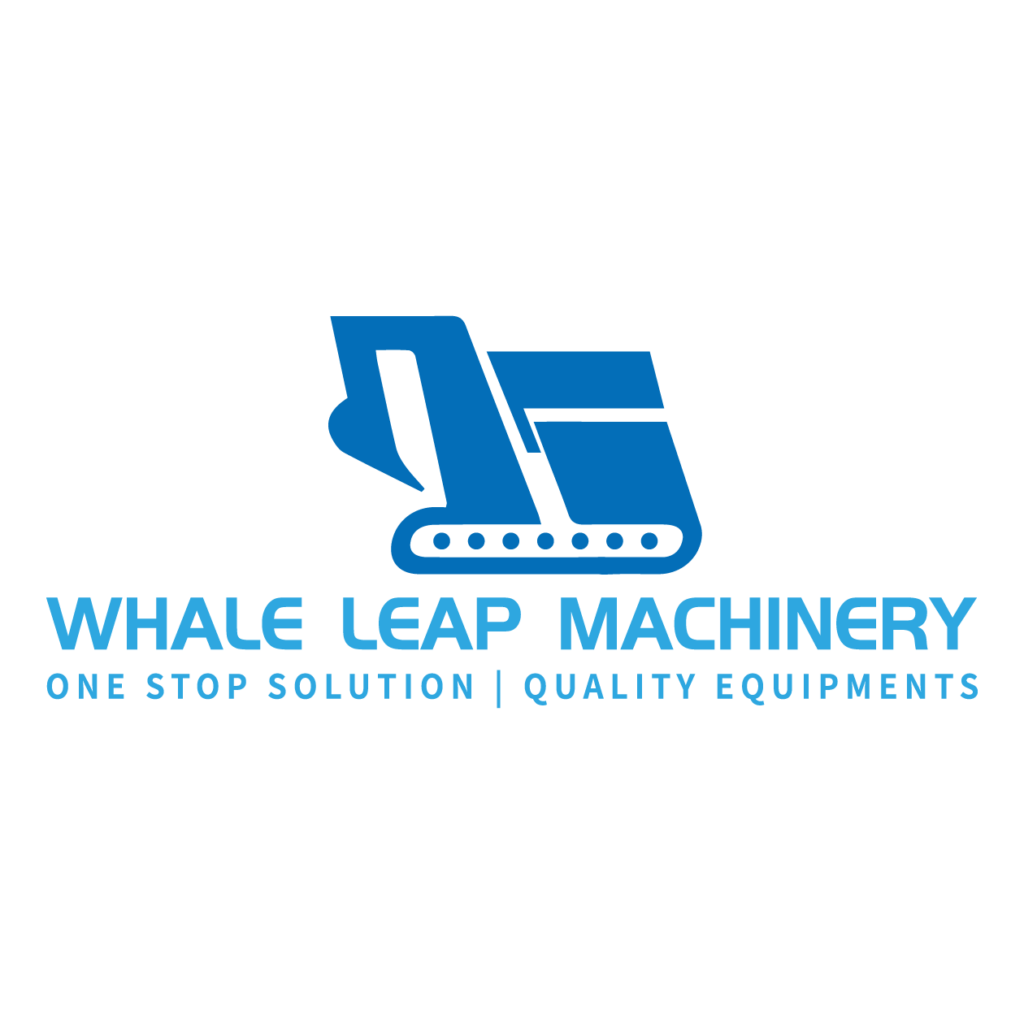With the booming development of the used construction machinery market, more and more companies and individuals are paying attention to used excavators. Compared with brand new equipment, used excavators have a clear advantage in terms of price, but how to pick a reliable and cost-effective piece of equipment among the many choices on the market is still a considerable challenge. This article will provide you with a practical guide to selecting a used excavator to help you avoid common pitfalls in the purchase process.
Key factors in selecting a used excavator
1. Overall condition of the equipment
When buying a used excavator, the first thing to check is the overall condition of the equipment. This includes looking at the body for any visible damage, weld marks or corrosion. Attention should also be paid to the condition of the excavator’s paintwork and finish. If the equipment appears to be well-maintained, this usually indicates that it has been used relatively well.
2. Engine and hydraulic system inspection
The engine is the core component of the excavator and it is vital to ensure that it is running properly. When checking the engine, pay attention to whether there is any abnormal smoke, rattling or oil leakage. Meanwhile, the hydraulic system is also a key part, check whether there is any leakage of hydraulic cylinders, hoses and joints, and whether the hydraulic pump is running smoothly.
3. Working hours of the equipment
The service life of an excavator is usually referenced by the number of working hours. Equipment with fewer working hours generally has less wear and tear and a longer remaining service life. However, the number of working hours is only a reference, and should be combined with the maintenance records of the equipment to judge the actual condition of the equipment.
4. Maintenance and Repair Records
Knowing the maintenance and repair records of the equipment helps to judge its use history and future maintenance needs. Good maintenance records indicate that the equipment has been regularly maintained, the use of good condition, the future may require relatively little maintenance.
5. Workability test of the equipment
Before purchasing, it is recommended to conduct a hands-on test of the used excavator. This can help you intuitively feel the equipment’s operating performance, responsiveness and the working status of various functions. During the test, you should pay attention to the performance of the equipment under different loads to ensure that it can meet your work requirements.
6. Inspection of accessories and additional functions
The condition of the used excavator’s accessories is also a consideration. Check the condition of add-ons such as buckets, tracks, and hydraulic hammers to make sure they are in good working order. In addition, some excavators come with special features or customised configurations that can affect the actual value of the equipment.
Practical advice on selecting a used excavator
1. Work with a professional supplier
Choosing a professional supplier of used equipment can greatly reduce the risk of purchase. Professional suppliers usually conduct comprehensive testing and maintenance of equipment to ensure that the equipment is in good condition. Purchasing through regular channels can also provide better after-sales service.
2. Understand the market situation and price
Before deciding to buy, it is recommended to understand the market situation and the price of the equipment. By comparing the prices of different brands, models and years of service, you can better judge the cost-effectiveness of the equipment you choose and avoid paying too high a price due to lack of information.
3. Consider the future use of the equipment
When buying a used excavator, you should consider the future use of the equipment. It is more important to choose an equipment that can meet your long-term use requirements than to pursue a low price. With proper planning, you can fully utilise the value of the equipment in future projects.


